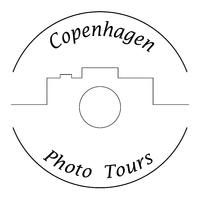Beginner’s Guide to Architectural Photography
Capture Buildings with Confidence, A Friendly Introduction for Aspiring Photographers
Architectural photography is one of the most rewarding ways to explore a city. Through light, lines, and structure, you can tell stories of design, history, and culture. Whether you’re strolling through Copenhagen’s charming alleys or standing in front of a dramatic skyscraper elsewhere in the world, learning how to photograph buildings as a beginner is easier than you think. In this guide, we’ll walk you through the essentials of capturing great architecture with confidence, no expensive gear or technical knowledge required.
Understand the Light
In architectural photography, light is more than illumination; it's a tool for shaping space. The way light hits a surface defines its texture, reveals its geometry, and creates contrast between form and void. Just as important are the shadows it casts: they add depth, rhythm, and a sense of movement to still images.
Shadow can emphasise repetition, soften sharp lines, or carve out dramatic silhouettes that change the mood entirely. By observing how light interacts with a building, whether it grazes a brick wall or cuts sharply across a concrete facade, photographers can uncover the character of architecture and turn structure into story.
In Copenhagen, Karen Blixens Plads offers a striking example: here, the undulating concrete landscape catches the sun at different angles, casting sweeping shadows that transform the surface into a sculptural interplay of light and void.
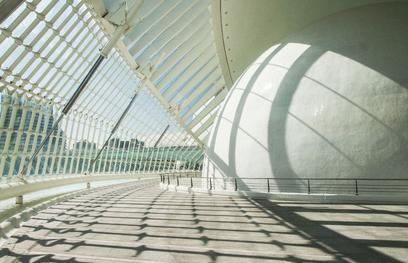
Play with Angles and Perspective
Architecture rarely reveals its full character from a single viewpoint. To capture more compelling images, walk around, look up, crouch low, or step back. Changing your position shifts the relationship between lines, light, and space, revealing unexpected compositions. A low angle can exaggerate height and form, turning a façade into something monumental. From the side, rhythm and depth often emerge more clearly. And sometimes, it’s the in-between angles, slightly off-center or through reflections, that create the most memorable shots.
In Copenhagen, BLOX is a perfect example: its stacked glass volumes appear sharp and boxy from one angle, but fluid and layered from another. Just a few steps can completely change the geometry in your frame.
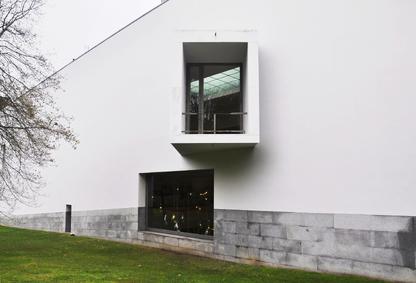
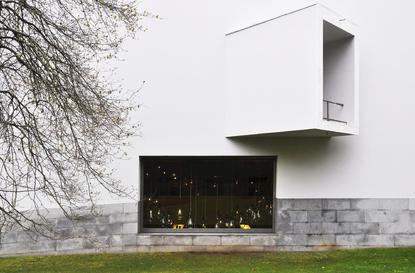
Use Lines and Framing to Guide the Eye
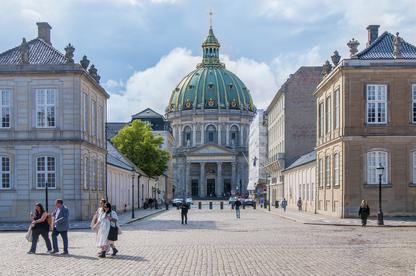
Good architecture is full of geometry, and good photos of architecture use that geometry to guide the viewer’s eye. Leading lines such as roads, fences, railings, or bridges can naturally pull attention into your image. Similarly, framing techniques, such as shooting through archways, doorways, or windows, can add depth and focus.
A perfect spot to practice this in Copenhagen is Amalienborg Palace, where you can use the palace arches to frame the Marble Church in the background. It’s a timeless composition and one that works beautifully in both color and black-and-white.
Look Closer: The Details Matter
While wide shots of buildings are impressive, some of the most interesting architectural photos are taken up close. Look for textures, materials, patterns, or small design elements that reveal the building’s story. Intricate carvings, repeating tiles, reflective glass, these elements bring personality and variation to your photography portfolio.
Take a walk past Axel Towers and you’ll notice its distinctive ceramic panels and curved glass, ideal for a close-up study of shape and reflection. Similarly, the wrought-iron gates at Rosenborg Castle offer ornate details that tell a story of craftsmanship and history.
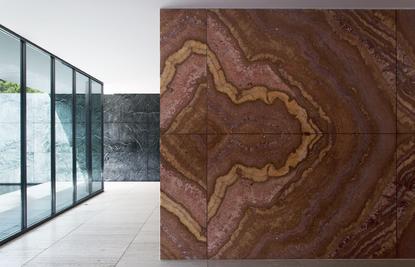

Gear Tips for Beginners (Without Breaking the Bank)
One of the great things about architectural photography is that you don’t need a professional camera to get started. A modern smartphone with a wide-angle lens can capture fantastic images. That said, adding a few pieces of gear can help, especially a lightweight tripod, which is essential for low-light conditions or long exposures. A polarising filter can reduce reflections on glass surfaces, and simple editing apps like Lightroom Mobile will help polish your images.
If you’re ready to invest in a camera, look for beginner-friendly mirrorless models like the Canon EOS R50 or Sony ZV-E10. These are lightweight, intuitive, and pair well with wide-angle lenses, which are ideal for architecture.
The links provided in this article are for Amazon, and are affiliate links. This means if you buy gear through using these links, we will get a kickback, at no additional cost to you.
Editing: Enhance Without Overdoing It
Editing is a part of photography that often intimidates beginners, but it doesn’t need to be complicated. The most important thing is to straighten your vertical lines, crooked buildings can instantly weaken a composition. Tools like Lightroom make this easy with “geometry” and “upright” adjustments. From there, a few tweaks to contrast, clarity, and color temperature can make your photos pop without making them feel fake.
A good exercise is to take a photo of Nyhavn, Copenhagen’s famous waterfront. Try editing it to remove distractions, straighten the facades, and bring out the natural colors of the townhouses. You’ll be amazed how much stronger the image becomes with just a few simple edits.
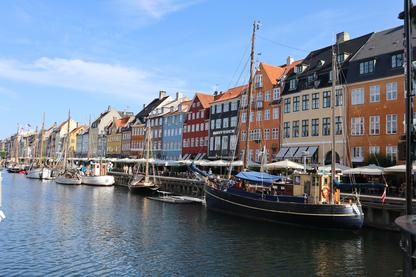
Before editing

After editing
Respect the Space You Photograph
Architectural photography should be done with curiosity and respect. Always be aware of private property, security rules, and people’s privacy. In Copenhagen, there’s a rich array of public buildings and scenic viewpoints, so you rarely need to sneak or trespass. Public squares like Kongens Nytorv or viewpoints like the Round Tower offer excellent spots to practice without disrupting anyone.
Explore with a Local Guide
If you’re visiting Copenhagen or simply want to deepen your skills, joining a guided architectural photography tour can be a game-changer. At Copenhagen Photo Tours, we offer walks that combine technique, composition, and storytelling, all while exploring some of the city’s most iconic (and hidden) architectural gems. It’s a great way to get live feedback and build confidence behind the lens.
Explore our Copenhagen architecture photography tours.
If you want to share your architectural photos with us, tag us on Instagram.
